Your thresholding result looks fine to me. findContours() plus boundingRect() would clean up the black parts of each camera view. contourArea() could be used to reject small white parts from becoming their own camera view.
So, for example, here's how to run findContours():
# This is your post-thresholding image
img_orig = cv2.imread('test183_image.png')
img_gray = cv2.cvtColor(img_orig, cv2.COLOR_BGR2GRAY)
# Find the contours
contours, hierarchy = cv2.findContours(img_gray, cv2.RETR_EXTERNAL, cv2.CHAIN_APPROX_SIMPLE)
# Draw them for debug purposes
img = img_orig.copy()
cv2.drawContours(img, contours, -1, (0, 255, 0), 10)
plt.imshow(img)
Output:

There's a seventh contour here, in the upper left corner of the image. It can be filtered out like this:
# Reject any contour smaller than min_area
min_area = 20000 # in square pixels
contours = [contour for contour in contours if cv2.contourArea(contour) >= min_area]
Output:

The next step is to find the minimum bounding rectangle for each camera using boundingRect():
# Get bounding rectangle for each contour
bounding_rects = [cv2.boundingRect(contour) for contour in contours]
# Display each rectangle
img = img_orig.copy()
for rect in bounding_rects:
x,y,w,h = rect
cv2.rectangle(img,(x,y),(x+w,y+h),(0,255,0),10)
plt.imshow(img)
Output:

In the bounding_rects list, you now have the x, y, width, and height of every camera.


